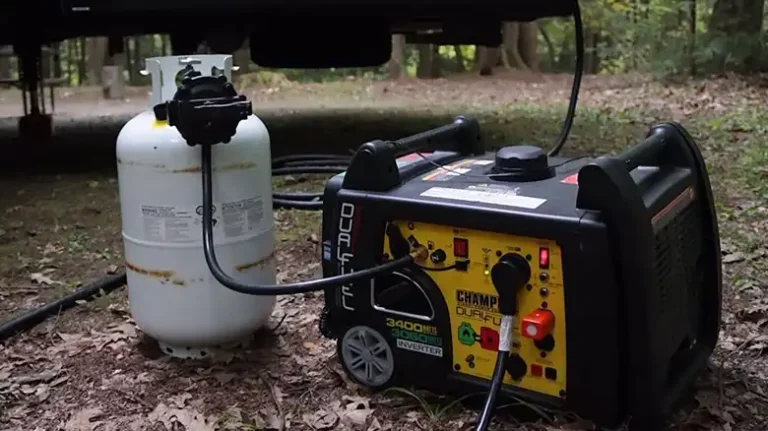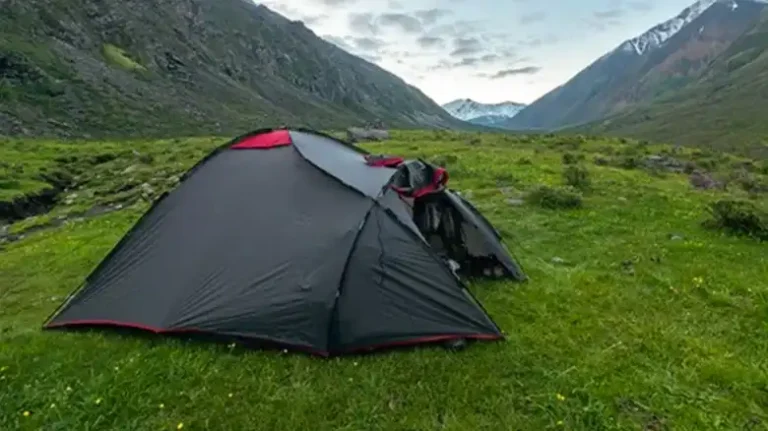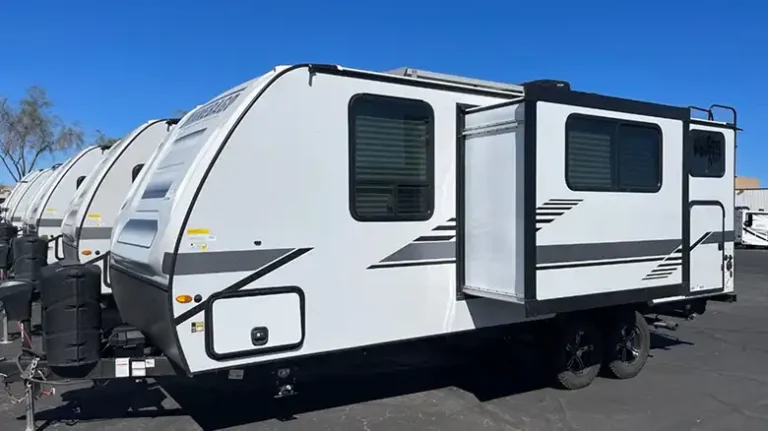How to Find Safe Boondocking Locations for Your RV
Boondocking, or camping without hookups in remote spots, appeals to RVers craving scenic views and solitude. But finding secure overnighting can be challenging, especially for rookie boondocks. Reports of break-ins and harassment heighten safety concerns when RVing off-grid.
By choosing locations wisely, taking proactive precautions, and trusting instincts, RVers can safely enjoy the freedom of RV life away from developed campgrounds. Take comfort knowing hundreds of thousands boondock responsibly every year across beautiful Bureau of Land Management tracts and National Forests.
In this guide, I’ll share pro tips for identifying low-risk boondocking sites, securing your campsite, integrating seamlessly into communities, and handling uncomfortable situations while protecting your home on wheels. Follow these practical steps for memorable and secure boondocking experiences.
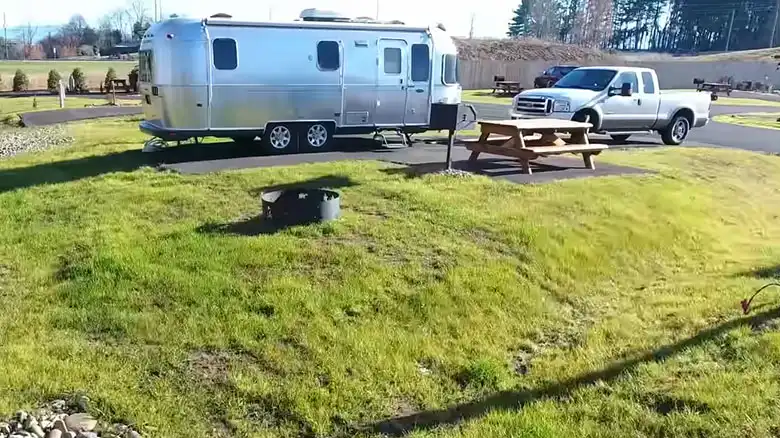
Step 1: Research Potential Boondocking Sites
Choosing boondocking locations wisely is the first line of defense. As the old saying goes: “an ounce of prevention is worth a pound of cure.” Homework time pays off.
Utilize Reputable Apps Like Campendium
Customized platforms like Boondocking and Campendium compile boondocking reviews with details on road/site conditions, neighborhood safety, exact GPS coordinates, and photos. This helps pinpoint locations that best match your rig size and risk tolerance. Cross-reference apps for consistency.
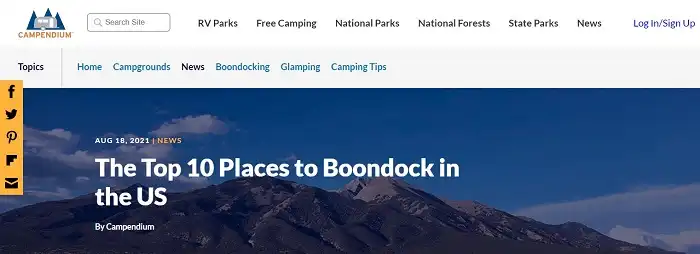
Scout Locations Physically First If Possible
Ideally, vet potential areas on preliminary scouting trips before committing long-term. Observe activity patterns over 24 hours – are shady characters lingering late at night? How desolate is the terrain? Can emergency vehicles access easily? Document visible signs prohibiting overnight parking/camping before assuming legality.
Research Local Crime Data
Search online for local crime rates and trends. Peruse city-data.com forums for area safety discussions. Check CrimeMapping for incident heat maps. Monitor Broadcastify scanner streams for criminal activity.
Compare statistics to your risk comfort level. Remember crime permeates society universally. Use common sense precautions anywhere.
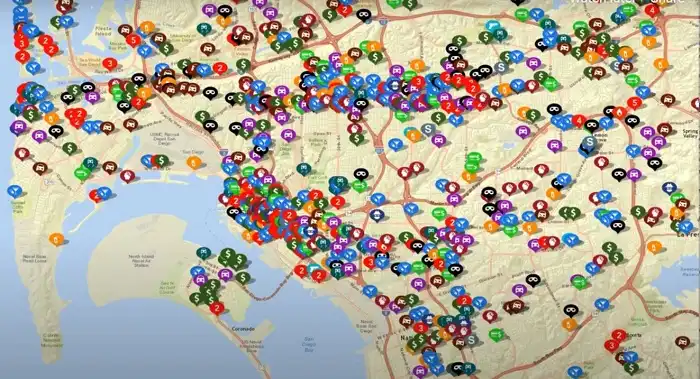
Investigate Ongoing Construction Projects
Travelers report heightened theft and harassment near active construction zones with transient worker populations. Search for large-scale local building initiatives potentially impacting boondocking security.
Validate Cellular Connectivity Strength
Confirm multiple carriers provide reliable 4G LTE signals using validation sites like OpenSignal in case emergencies require contacting authorities quickly.

Consider purchasing an inexpensive signal booster like the weBoost Drive Sleek starting around $100.
Research Local Weather and Environment
Validate conditions won’t create safety issues before selecting destinations using Weather.gov and webcams. Steer clear of flash flood zones, avalanche terrain, dense wildfire smoke, extreme winds, bitter cold unless properly equipped, etc.
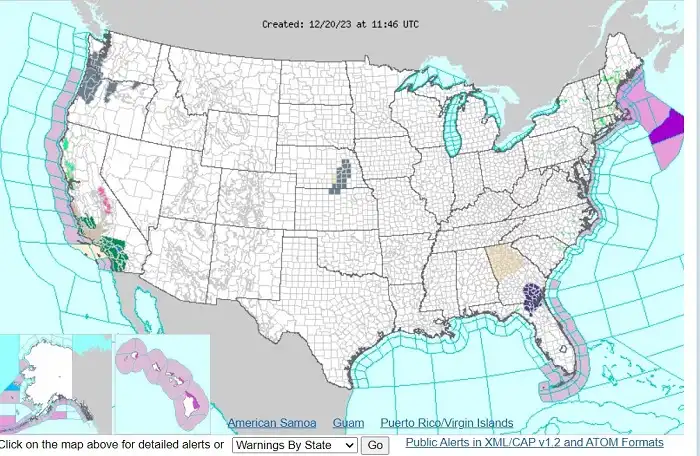
Vet Problematic Cities with High Crime
For example, statistics show Albuquerque, NM suffered 994 motor vehicle thefts per 100,000 population in 2019 – over 5 times the national average. Carefully research destinations with patterns of tourism-related crime.
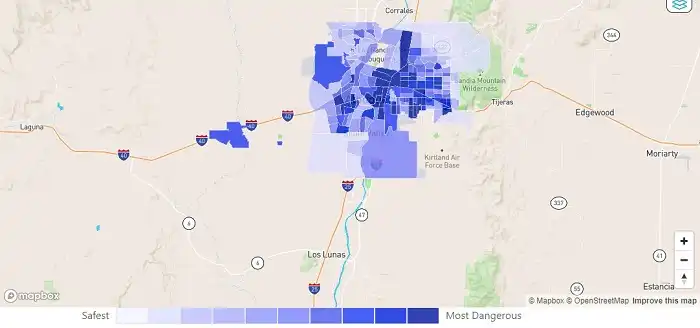
Consult Bureau of Land Management (BLM) Field Offices
Call or email local BLM outposts requesting safety feedback for tentative boondocking areas under their jurisdiction. Describe rig specifications for road condition guidance. Field agents will highlight concerns.
Step 2: Securing The Boondocking Site Itself
After identifying tentative low-risk destinations, take further precautions setting up camp. Remember two critical concepts: deterrence and surveillance.
Seek Out Off-The-Beaten-Path Sites
Tucked-away spots attract less attention than easily accessed roadside pull-offs. Using narrower rigs increases options. Meet locals familiar with inconspicuous areas.
Avoid Signaling Vacancy
Draw curtains at night. Run a TV or radio audible outside. Keep vehicles mingled around the rig using awnings, slide-outs, chairs, and gear. Illuminate interiors invitingly.
Enable Exterior Lighting
Install motion-sensitive spotlights covering entry doors, generators, and vehicle parking pads to startle intruders. Solar-powered lighting works beautifully with boondocking.
Set Up Strategic Barriers/Perimeters
Park large vehicles are tightly bracketing the rig if solo camping. Strew haphazard junk around the area limiting access. Erect temporary fencing when suitable. Secure bicycles/grills/chairs complicating grabbing attempts.
Leverage Signage and Window Decals
Display security system stickers even if untrue as deterrence. Add “Smile – You’re On Camera” signs. Show support for Second Amendment rights or local law enforcement.
Keep Dogs Secured Outside
Territorial pups vigilantly guarding the campsite alert owners barking aggressively at approaching strangers. They also provide comforting companionship boondocking remotely. Consider mastiff or German shepherd breeds.
Prep External Video Surveillance
Install removable magnetic sworn body-worn cameras under vehicles. Position game/trail cameras capturing license plates. Connect self-contained cellular trail camera emails instantly alerting suspicious activity.
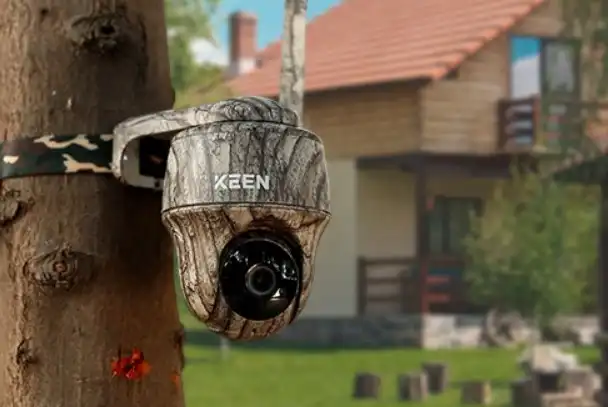
Catalog Belongings with Photos
Thoroughly photograph expensive items including etchings, markings, flaws, and serial numbers. Photos timestamp possessions aiding recovery and insurance claims if stolen. Back up online or off-site.
Lock-Down Internal Valuables
Secure bicycles, generators, and propane tanks with quality chains/cables. Stow computers, tablets, jewelry, cash, and firearms in bolted safes when unattended. Encrypt devices. Record device serial numbers.
Beef Up Physical Barriers
Install aftermarket locks, deadbolts, bars, and security screens on doors/windows. Cover side/roof vents and skylights with rigid material when vacant. Secure latches tightly.
Step 3: Blending Into Communities Seamlessly
Beyond fortifying the campsite itself, focus on integrating smoothly into surrounding neighborhoods further encouraging secure overnighting.
Purchase Local Goods and Services
Patronize nearby restaurants, shops, grocers, salons, gyms, etc which builds rapport with proprietors and more welcoming RVers positively impacting economic growth.
Volunteer For Community Events/Fundraisers
Donate time assisting schools, charities, chambers of commerce, places of worship, etc. Meet community leaders reducing perceived outsider threats. Discover insider travel tips.
Make Friends with Neighbors and Locals
Politely engage residents in learning regional histories and customs. Wave passing cars. Discover favorite hangouts. Exchange contact info. Grow roots in the area.
Learn Basic Language Phrases
Use simple Spanish language skills respectfully in Hispanic communities. Print a cheat sheet. Confidently order taqueria food. Bonus points for naming your favorite soccer teams.
Offer Your Skills Volunteering
Teach technology skills at libraries. Assist local job seekers in sprucing resumes. Tutor youth in academic subjects. Photograph adoption center animals. Provide free mobile IT assistance.
Leave Positive Lasting Impacts
Pick up trash-walking pets. Report graffiti immediately. Avoid generator noise late at night. Shun rowdy behavior and embarrassing neighbors. Make areas better than found.
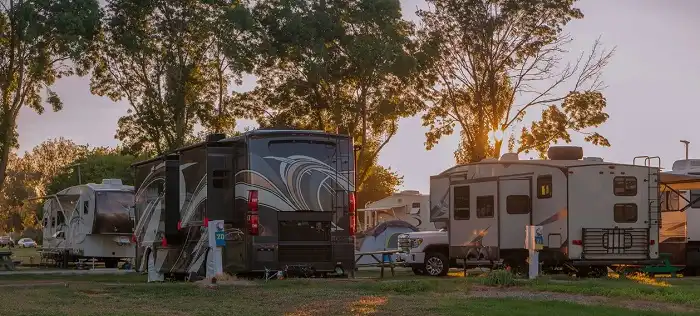
Step 4: Handling Uncomfortable Situations Assertively
Hope for the best but prepare for the worst by traveling independently. Rehearse reactions confronting concerning scenarios boosting confidence in handling tense encounters.
Politely Decline Suspicious “Offers”
Learn quickly to recognize scam setups. Be wary of locals inquiring about valuables inside or volunteering to help with parking/leveling alone. Never invite strangers inside. Trust intuition. Apologize cordially while refusing unsolicited offers.
Use Coded Language with Companions
Devise coded text messages to confirm safety with traveling partners exploring separately. Example: “Meet hometown friends soon” = “I feel uncomfortable needing help.” Establish deadlines checking in routinely.
Practice Situational Awareness
Stay alert walking pets or exercising alone. Vary hiking routes and times avoid predictability. Leave travel plans with friends. Familiarize emergency contacts. Note identifying details discreetly.
Always Travel in Pairs or Groups
Criminals are less likely to target multiple people appearing confident and assertive together. Buddies discourage harassment. Comfort knowing help is seconds away if needed.
Record Interactions Subtly
Enable phone apps to discretely document concerning dialogs, harassment, discrimination, and threats. Capture vehicle tags, and faces. Valuable proving circumstances.
Clearly Say “No” Then Disengage
Don’t worry about avoiding confrontations politely – safety trumps civility concerns. Simply state disinterest in continuing interactions, then immediately walk away calmly.
Prepare to Drive Away Instantly
Frequently verify vehicles locked/operable quickly abandoning sketchy scenarios. Maintain accessible keys. Keep sufficient fuel. Know evac routes pre-scouted.
If All Else Fails, Call For Help
Program police/fire/ambulance contacts into phone favorites under ICE (In Case of Emergency) listings. Shout for help loudly. Sound vehicle horns activating alarms. Fight back vigorously if attacked.
Step 5: Boondock Confidently With Common Sense
By carefully researching destinations, fortifying sites, blending in locally, trusting intuition, and preparing emergency responses, RVers can securely enjoy the freedom and rewards of off-grid dry camping nearly anywhere. Follow these tips to find adventure balanced with safety.
10 Safe (and Free) Places to Boondock in a Van or RV
Seeking secure and budget-friendly boondocking sites in popular areas nationwide? These ten locations receive high marks for safety and scenic allure:
1. Iron Mountain, California
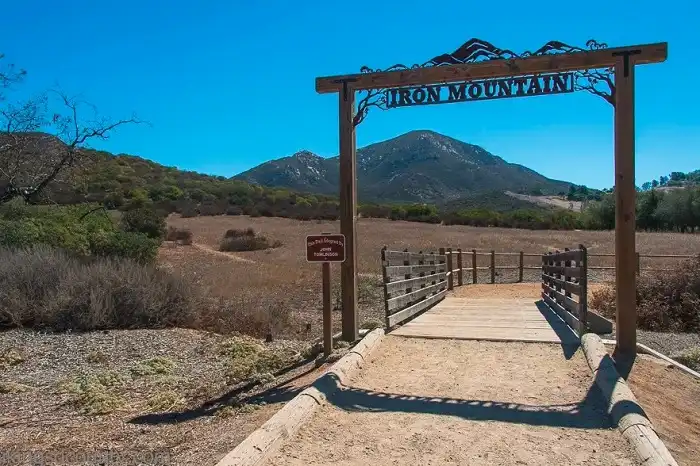
Accessible from Interstate 10 outside Los Angeles, the BLM-managed Iron Mountain zone offers panoramic vistas with hundreds of remote yet surveilled spots to avoid break-ins.
2. Sonny Bono Salton Sea National Wildlife Refuge, California
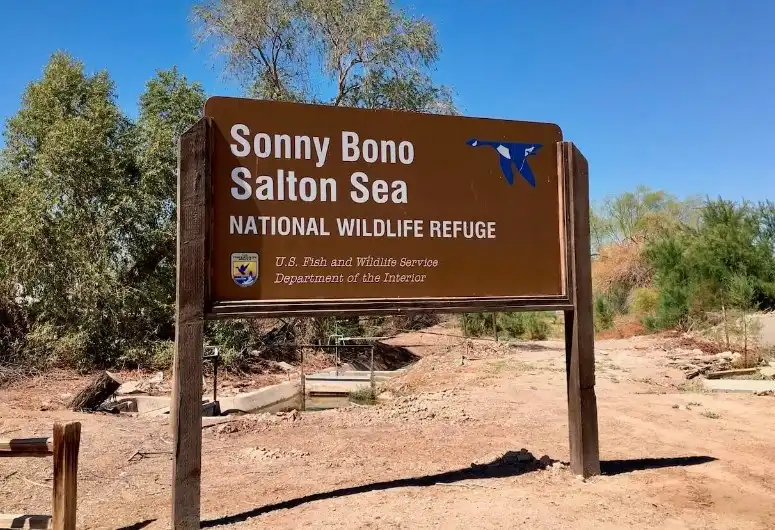
This former RV haven provides unmatched desert tranquility minutes off Highway 111 if you tolerate early-morning duck hunters occasionally. Enjoy rejuvenating quiet exceptionally dark nights.
3. Davis Mountains State Park, Texas
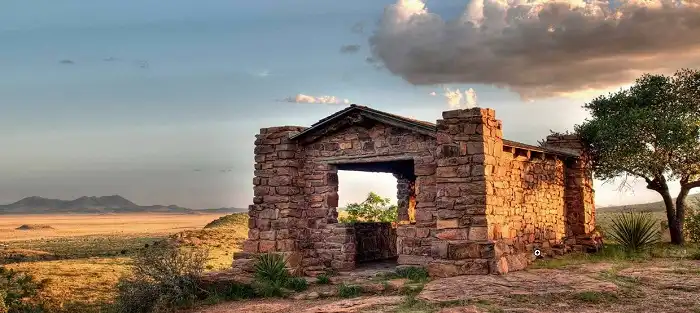
Boondock for fourteen days maximum northeast of Fort Davis in designated zones safely distanced from borders with Mexico filtering concerning cross-traffic as drug corridors.
4. Mark Twain National Forest; Missouri
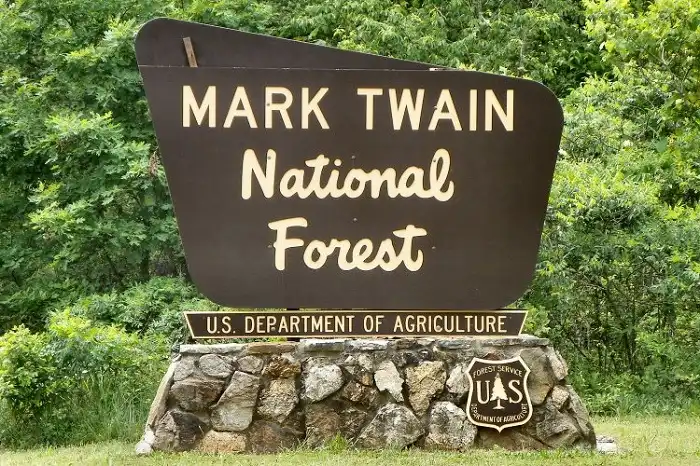
Sprawling rugged terrain harbors endless secluded boondocking pockets. Research specific ranger districts sporting cleaner campsites and two-way accessible roads.
5. Apache Sitgreaves National Forest, Arizona
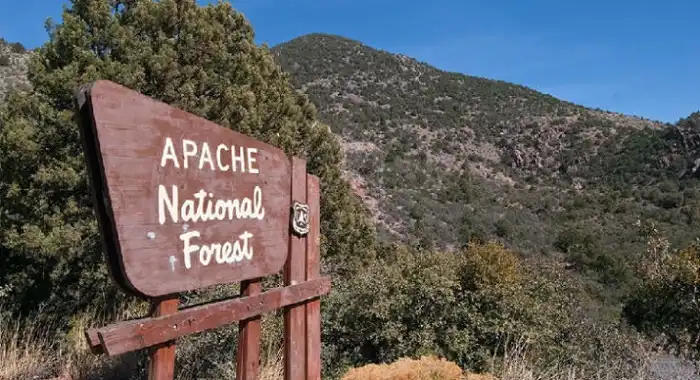
Tucked against New Mexico, established sites along Apache Trailways roads and adjacent to trout-stocked lakes keep RVers remarkably secure year-round.
6 Lake Whittington, Mississippi
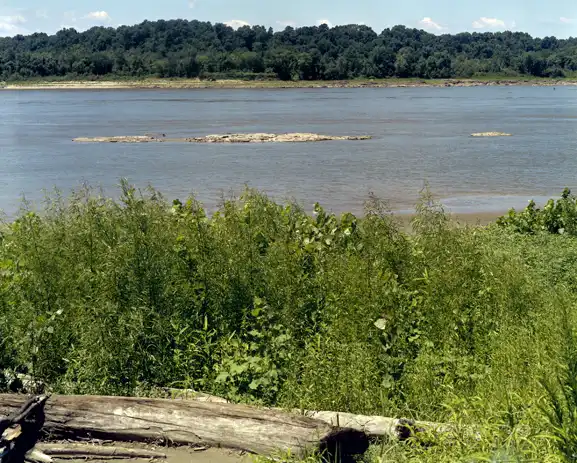
These ATV trails and connected woods hideaway spots south of Memphis feature handy security cameras plus 24/7 patrolling by enthusiasts protecting high-value vehicles.
7. Coconino National Forest, Arizona

Surrounding Sedona, thousand-year-old sycamore and juniper stands isolate boondockers wonderfully bordering scenic Oak Creek Canyon’s red rock cliffs less than two hours from Phoenix.
8. Sam Houston National Forest, Texas
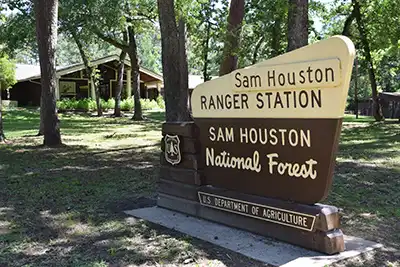
Just north of Houston, this dense pine refuge contains the perfectly peaceful Boondocking Headquarters near fishing, hiking, biking, swimming, and popular Big Creek Ranch barbecue.
9. White Mountain National Forest; New Hampshire

Crisp air accompanies unparalleled autumn leaves viewing during September/October across these rolling remote northern wooded hills and lakes teeming wildlife just off I-93.
10. Black Hills National Forest, North Dakota
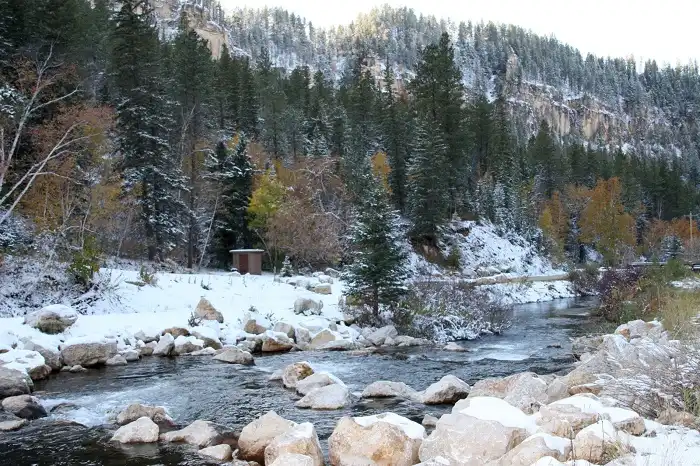
Friendly Midwest charm permeates hospitals tiny Spearfish, Belle Fourche, and Sturgis bordering endless boondocking playgrounds offering biking trails, peaks, valleys, geology, and kitschy attractions.
Frequently Asked Questions
Is Boondocking With My RV Really Safe For A Solo Female?
Yes, thousands of solo women safely boondock all over North America by taking proper precautions – trusting instincts, choosing sites wisely, integrating locally, preparing emergency plans, varying routines, etc. The danger exists everywhere nowadays, unfortunately. Focus on living confidently.
What Self-Defense Items Are Recommended While Boondocking?
Pepper spray, tactical flashlights, personal alarms, distress beacons, satellite communicators, survival knives, bear spray, and whistles prove useful. Taking self-defense courses also builds confidence plus physical deterrence skills.
Should I Notify Anyone Before Boondocking Remotely?
Absolutely. Share detailed plans with friends/family including exact overnight locations/dates, scheduled check-in times, license plate and VIN numbers, emergency contacts programmed into phones under ICE listings, health conditions, etc facilitating rapid assistance if needed. Designate check-in buddies.
How Can I Find Alternate Boondocking Sites Easily While Traveling?
Download helpful apps like FreeRoam, iOverlander, Campendium, AllStays Camp & RV, and Boondocking.com revealing thousands of user-rated free camping locations nationwide. Cross-reference consistency. Subscribe to enjoy unlimited offline access.
What Steps Maximize Safety Boondocking With Kids?
Choose lower-risk destinations avoiding extreme isolation. Enroll older children taking self-defense courses. Use coded family warning words/signals representing danger levels. Rehearse emergency evacuation/rendezvous procedures frequently. Assign children whistles/beacons notifying problems. Travel armed responsibly.

